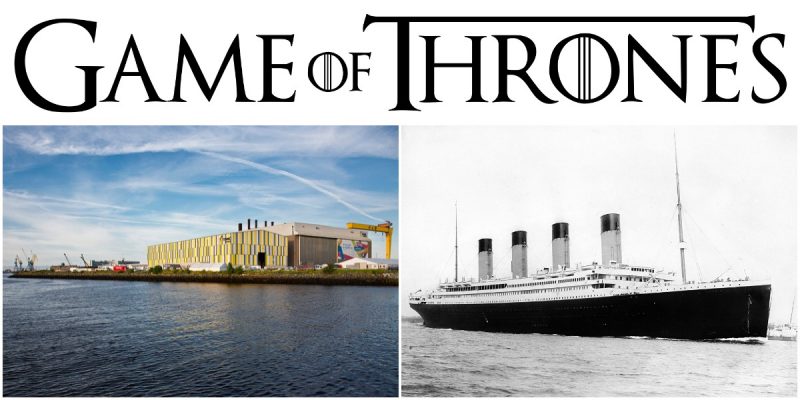The new trailer for the highly-anticipated season seven of HBO’s “Game of Thrones” has just been released.
Now, more than ever before, we are eagerly looking forward to winter’s arrival. And while we are still waiting for it to reach Winterfell and King’s Landing, at last, one thing is for certain: it’s coming from Belfast, Northern Ireland, where most of the show is filmed — as well as where the RMS Titanic was built.
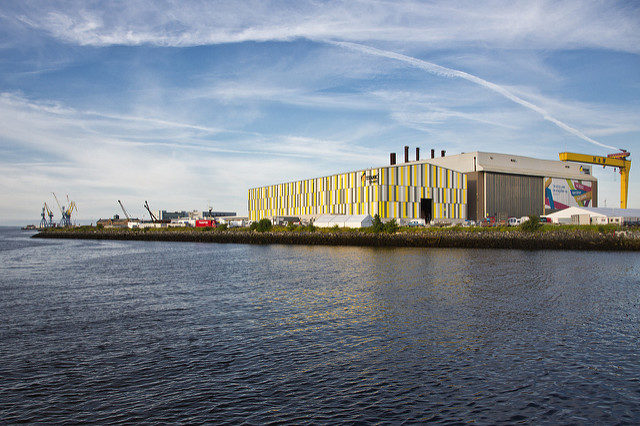
The TV adaptation of George R. R. Martin’s “A Song of Ice and Fire” series of fantasy novels is filmed throughout many locations in Northern Ireland. Most indoor scenes are filmed in Belfast’s Paint Hall, at the old Harland and Wolff shipyard which is now a massive film studio. Most of the show’s outdoor filming locations are nearby in Northern Ireland, so having a massive top-notch studio in the vicinity is certainly welcomed.
For instance, although many of the scenes set in King’s Landing were shot in Dubrovnik, Croatia, most of the interiors including The Eyrie and Throne Room were shot here at Titanic Studios in Belfast.
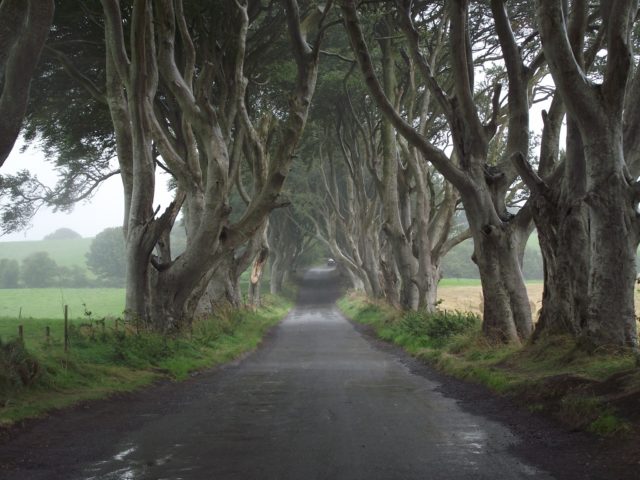
Apart from some scenes which were shot in Iceland, Malta, Morocco, Spain, or the United States, many of the exterior shots are filmed here as well. In fact, the golden beaches and sweeping sands of Dorne were filmed on the Northern Irish coast in Portstewart Strand. The Dark Hedge, planted by the Stuart family in the 18th century, was used as the Kingsroad in season 2 of “Game of Thrones.” As for “The King of the North,” Rob Stark was hailed by his bannermen as their leader right here, in the ruins of Inch Abbey, on the north bank of the River Quoile, south of Belfast.
Almost everything, from the southern sandy landscape of Dorne, to the bone-chilling atmosphere of Winterfell (18th-century Castle Ward, south of Belfast), or Stark’s Homeland in the series, comes from the dreamy Northern Ireland, the perfect natural set for the “Game of Thrones” producers.
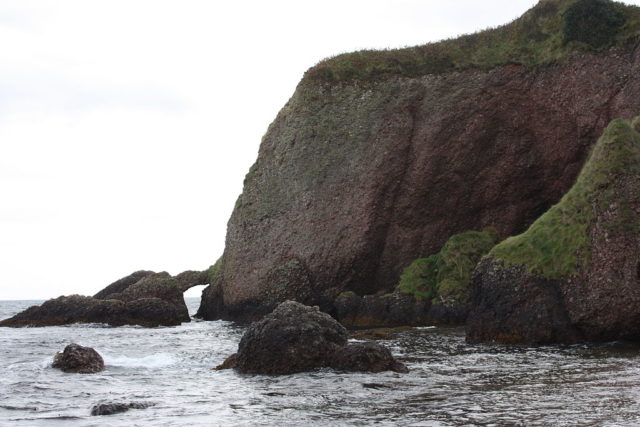
Titanic Studio, where many interior shots are filmed, is located in the historic Titanic Quarter, formerly known as Queen’s Island. It is centered in Belfast Harbour, occupying 185 acres of the former Harland and Wolff shipyard, where the infamous RMS Titanic was built.
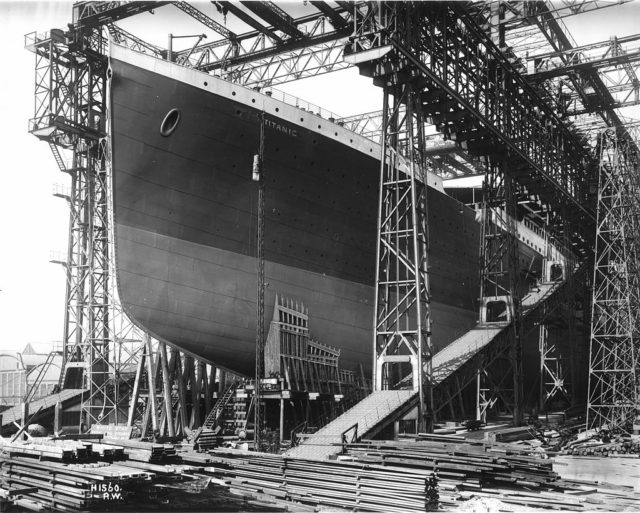
The ship was built in Belfast by the Northern Irish heavy industrial company Harland and Wolff, which was founded on April 11, 1861, and specialized in shipbuilding and offshore construction. They are widely recognized as the company that manufactured all of the vessels for the prominent British shipping company White Star Line in the 19th century, as well as the RMS Olympic and RMS Titanic in the early 20th century.
The two sister ships, Titanic and Olympic, were to be built side-by-side, so the company had to make some alterations to their shipyard. For this reason, Harland and Wolff built larger piers and gantries so they could accommodate the giant liners. In 1909, after everything was ready, construction of the Titanic began.
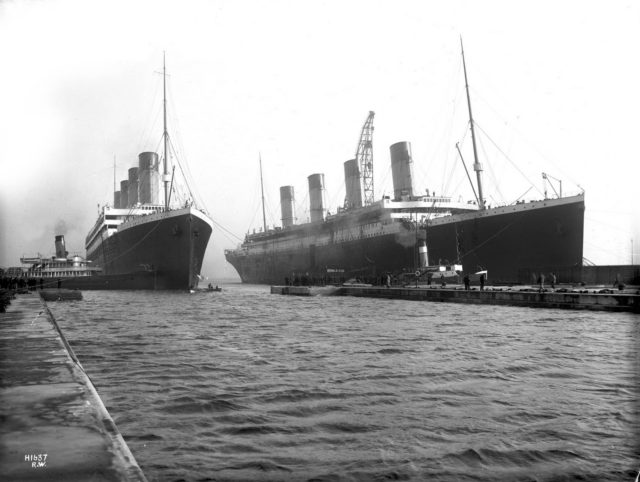
Titanic was launched on May 31, 1911, taking just 62 seconds to go down the 235-meter slipway at the Harland and Wolff shipyard, into the Victoria Channel of Belfast Lough. The next ten months were spent finishing the interior and decorating the ship.
On April 3, 1912, it arrived in Southampton, England to board the eager passengers, and after a week it set sail on its maiden voyage to New York via Cork.
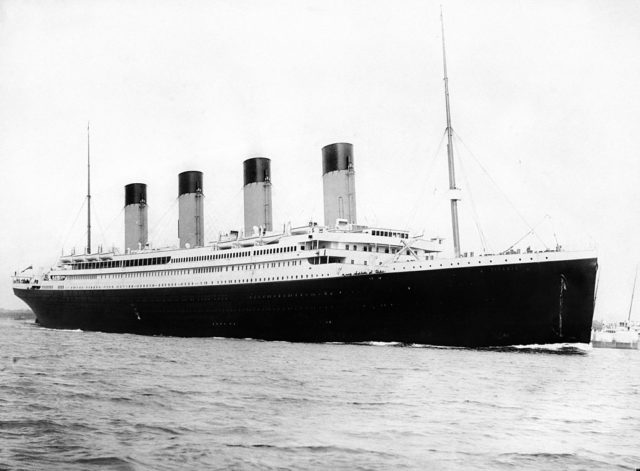
While we all know the tragic and unfortunate fate of the Titanic, we can only hope for the best until July 16 this year, when the show filmed right here, on the slipway where Titanic was built, will finally unveil the battle for the iron throne.
In the meantime, Northern Irish people can be very proud of two things. First, that Belfast is home to the most famous ship ever built, and that “Game of Thrones,” the most popular TV series in the world, has decided to film in their country, showing all of us a whole new world of fantasy. It seems that Ireland is an ideal place to imagine a fantasy. After all, it influenced C.S. Lewis to write “The Chronicles of Narnia,” and J.R.R. Tolkien to envision Middle Earth.
